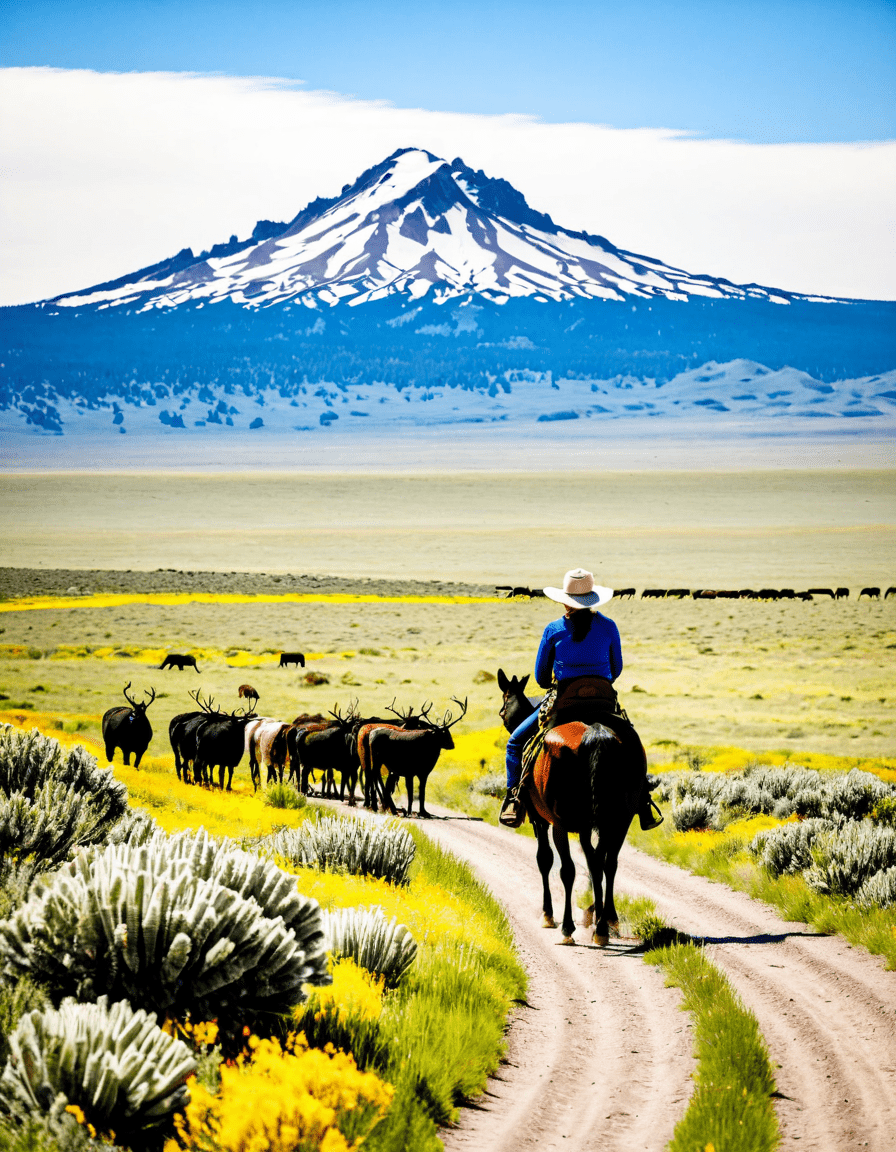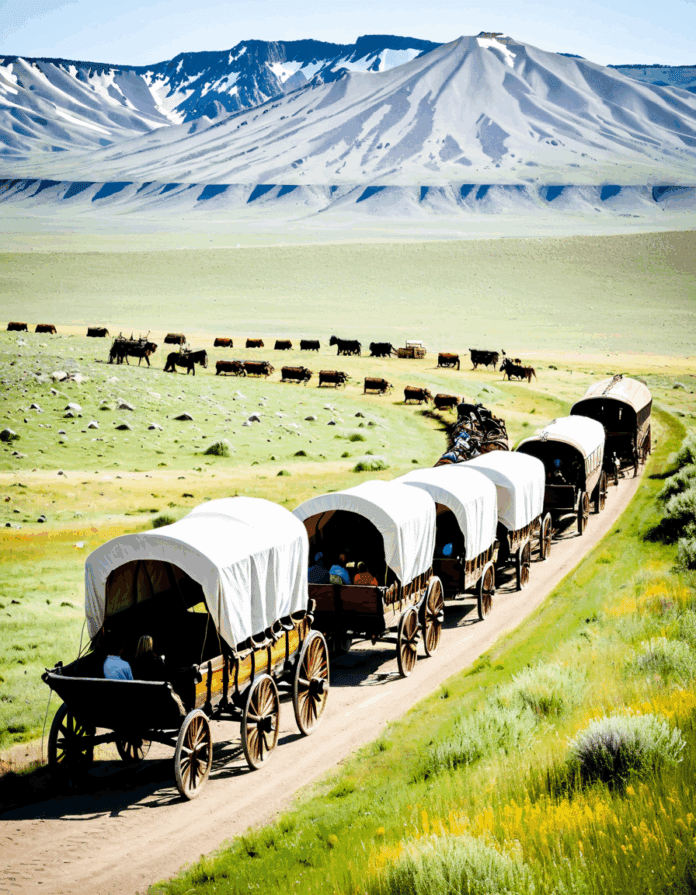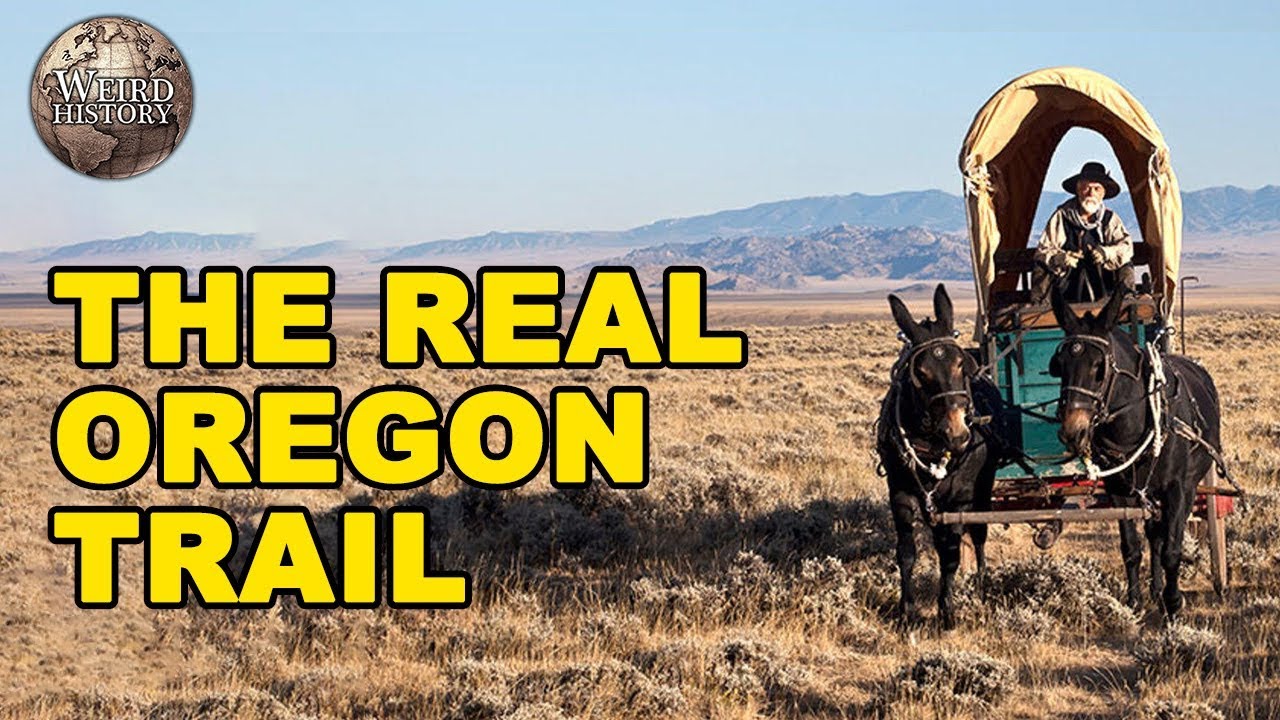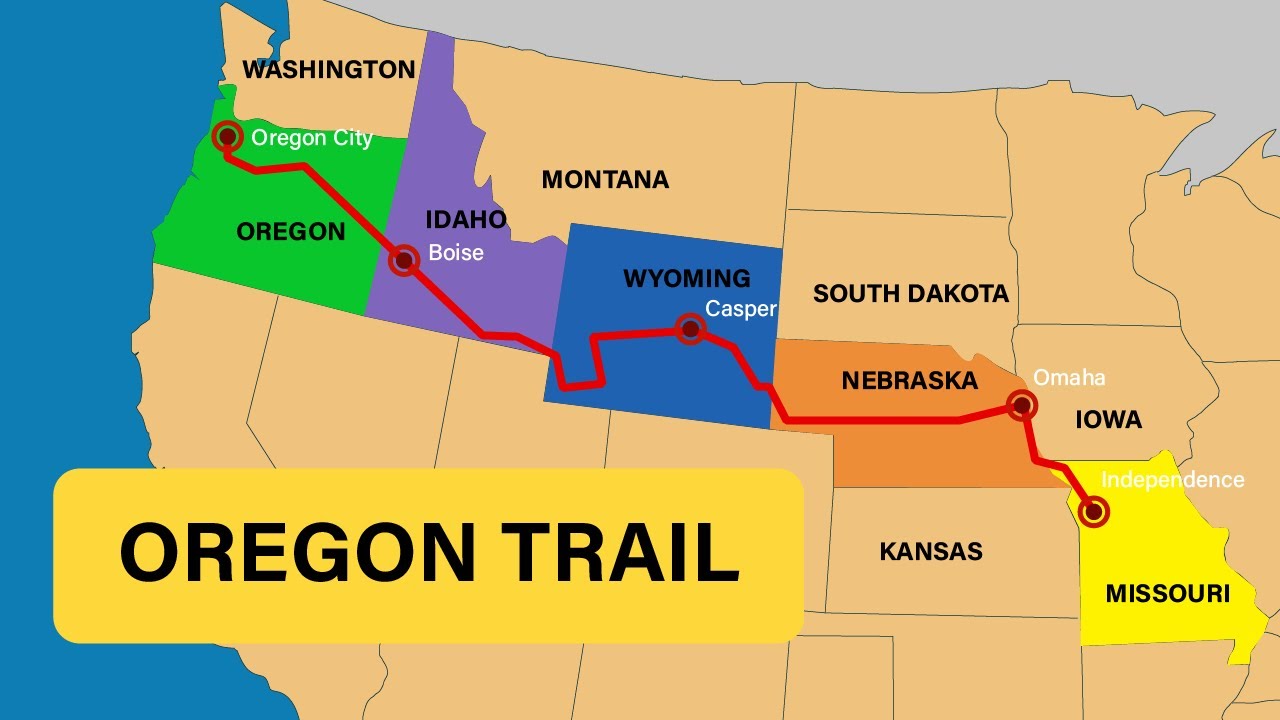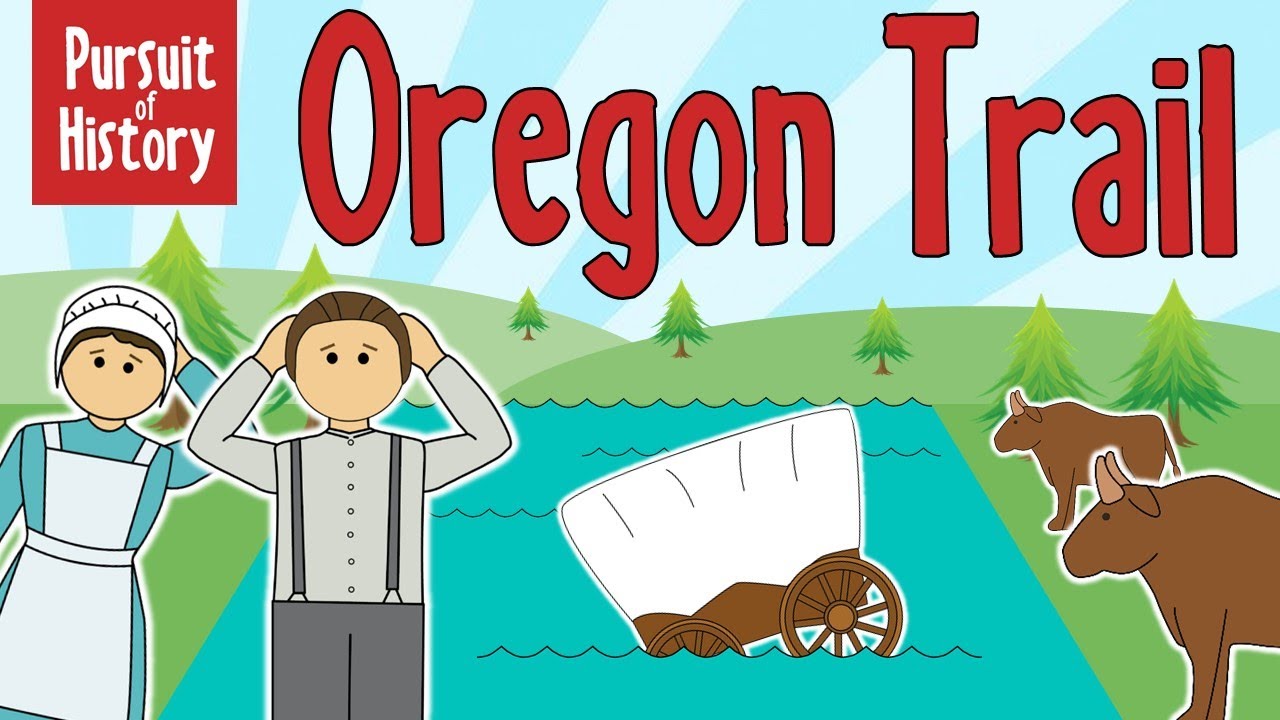The Oregon Trail is a timeless symbol of American determination and resilience. This historical route, which stretches over 2,170 miles, connects Missouri to the rich and fertile lands of the Pacific Northwest. Between the mid-1800s and early 1900s, thousands of hopeful pioneers ventured westward along the Oregon Trail. They were motivated by a mix of dreams for a better future, escape from hardship, and opportunities for land ownership—fueling the expansion of the United States. Exploring the Oregon Trail allows us to feel the pulse of adventurous Americans who faced incredible challenges, making it a true testament to the spirit of exploration and settlement.
1. The Oregon Trail: A Historical Overview
The Oregon Trail began as a trade route before blossoming into a vital pathway for settlers. The fur trade introduced many to the promise of the West, while the 1843 Great Migration marked a significant uptick in traffic along the trail. As word spread of fertile lands and ample resources in the Pacific Northwest, families packed their belongings, traded their homes, and set off on an adventure that would forever change their lives and the landscape of America.
The challenges of the Oregon Trail were nothing short of monumental. Families faced harsh weather conditions, fierce rivers, and the threat of disease. Routes were often dotted with sorrowful markers for those who didn’t survive the journey. Despite these trials, the lure of fertile farmland, gold, and the chance to forge a new life drove many to push through, exemplifying the spirit of perseverance.
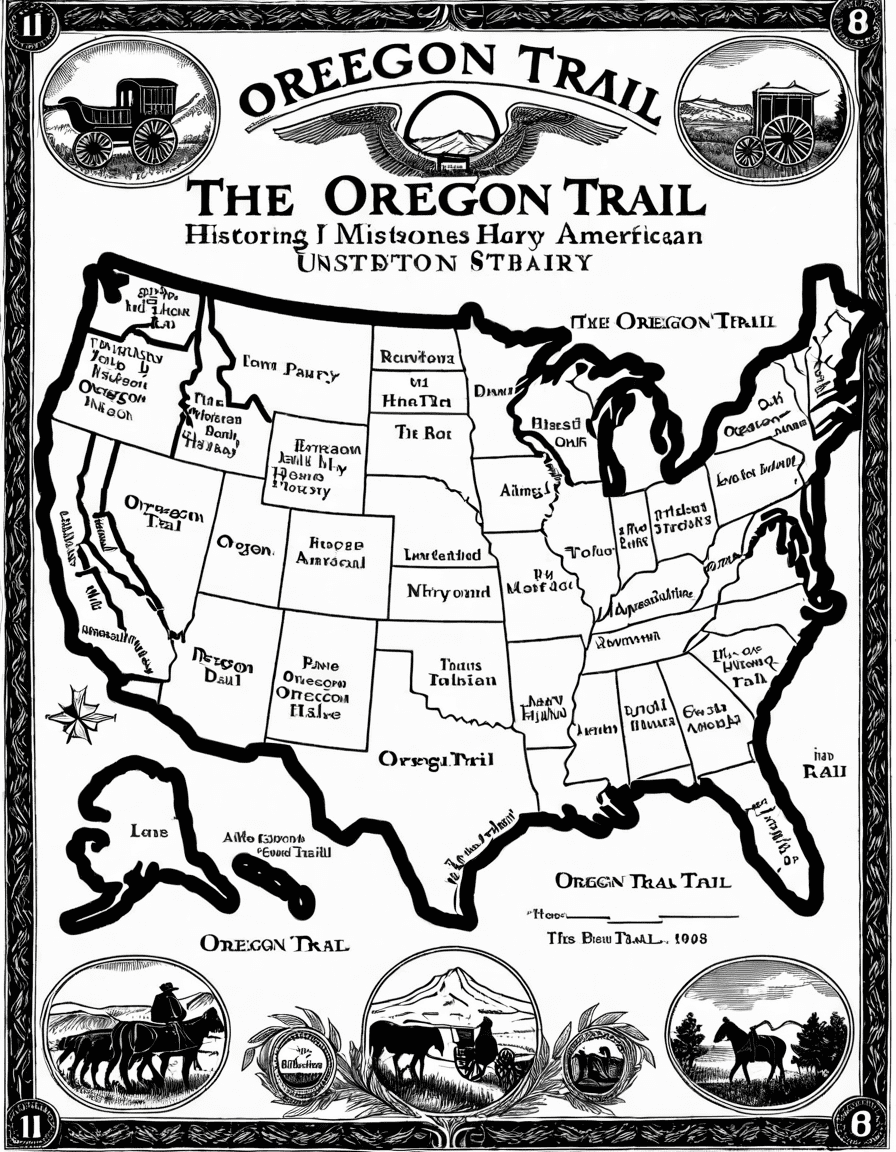
2. Top 7 Fascinating Facts About the Oregon Trail
2.1. The Length and Terrain
The Oregon Trail spans approximately 2,170 miles, starting in Independence, Missouri. Along the way, it traverses varied terrain—from the vast Great Plains to mountainous regions like the Rocky Mountains. Each segment posed unique challenges and influenced the trail’s travelers. For instance, crossing the rocky terrain meant rugged wagon travel and navigating steep inclines, which could slow the journey considerably.
2.2. The Role of the Oregon Trail in American Settlement
This trail played a pivotal role in establishing over 400,000 settlers in the Pacific Northwest. It directly influenced the growth of states such as Oregon and Washington, creating communities that still thrive today. This surge of settlement fueled America’s expansion, shaping economic opportunities and cultural identities across the region.
2.3. Pioneers’ Life on the Trail
Life on the Oregon Trail presented daunting challenges. Pioneers had to manage funding their journeys, which involved selling possessions, taking out loans, or pooling resources with other families. They also faced the difficulties of managing livestock, navigating the harsh weather, and the reality of limited food supplies. Iconic tales like that of the Donner Party highlight how dire and desperate life on the trail could become.
2.4. The Oregon Trail’s Cultural Exchange
The Oregon Trail was a melting pot of cultures. Different nationalities, including Native Americans and European immigrants, shared knowledge and resources along the way. This cultural exchange enriched the traditions and languages that emerged in newly settled communities, shaping a unique American identity.
2.5. The Role of Women and Families
Women played a crucial role in navigating the challenges of the Oregon Trail. Many had responsibilities such as managing households, caring for children, and contributing to farming efforts upon arrival. The journey of Narcissa Whitman, one of the first white women to travel this route, stands as an inspiration. Her story exemplifies strength and determination amidst adversity.
2.6. Modern-Day Remnants of the Oregon Trail
Today, numerous preserved landmarks testify to the Oregon Trail’s significance. The Oregon Trail Ruts in Wyoming and the National Oregon/California Trail Center provide visitors insights into the struggles and triumphs of the pioneers. These sites educate people about this remarkable chapter in American history, allowing us to connect with our past.
2.7. The Oregon Trail in Popular Culture
The Oregon Trail continues to shape our cultural landscape. It has been immortalized in literature and art, but perhaps the most striking representation comes from the educational video game “The Oregon Trail.” This game has introduced countless young people to the history and adventure of westward expansion, cementing its place in American culture.
3. Modern Commemoration and Education Surrounding the Oregon Trail
Today, various initiatives focus on preserving the Oregon Trail’s legacy. Historical societies across the United States work diligently to maintain artifacts and create educational programs. These programs highlight the trail’s impact on American cultural identity through curated exhibits and reenactments. Events like Oregon Trail Days draw in visitors and descendants of pioneers to celebrate this awe-inspiring journey.
Local governments play a part, too. They promote awareness of significant locations along the trail. Investments in preserving historical sites and improving accessibility are paving the way for education and exploration. By granting access to the past, they help future generations understand their heritage and appreciate the struggles that shaped their country.
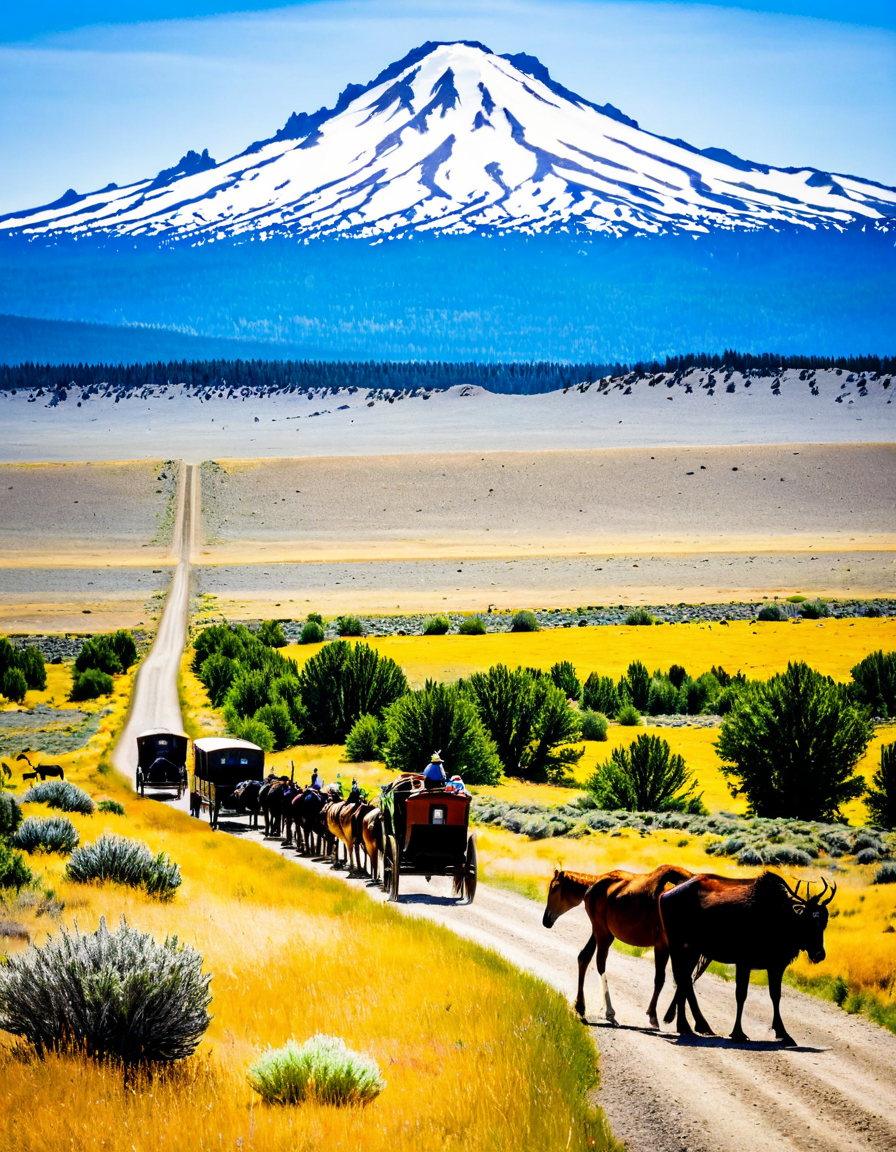
4. The Oregon Trail’s Legacy: Lessons for Today
The Oregon Trail teaches us invaluable lessons about resilience, cooperation, and adaptability. As we face contemporary challenges like migration crises, the principles embraced by the early pioneers stand strong. Their stories reflect a spirit of community, where individuals banded together to overcome adversity for a shared goal.
Just like those who journeyed westward, today’s seekers of opportunity—from job hunters to individuals searching for affordable housing—can find hope and solidarity in these lessons from history. The Oregon Trail symbolizes humanity’s quest for a better life, igniting the fire of ambition in our hearts.
5. Bridging the Past with the Future
Amid global challenges, the essence of the Oregon Trail serves as a reminder of human perseverance and the pursuit of opportunity. Whether individuals are seeking economic stability, community, or adventure, the modern journey often echoes the dreams of the early pioneers. By exploring this historical path, we gain inspiration to confront our challenges and connect across differences—just like those settlers who forged westward in search of a brighter tomorrow.
Understanding these stories enriches our perspectives and nurtures a sense of unity. In a world marked by diversity, the Oregon Trail reminds us that collaboration and shared vision can pave the way for progress. Let the spirit of these adventurous pioneers guide us as we navigate our own journeys toward a promising future filled with possibilities.
The Oregon Trail: A Journey Through History’s Remarkable Path
Fun Facts About the Oregon Trail
The Oregon Trail is famous for the 2,170-mile road that pioneers took in the mid-1800s, but did you know it was actually a mix of well-worn paths used by Native Americans and early fur traders? Along this rugged route, travelers faced challenges galore—like rough terrain and unpredictable weather. Speaking of adventure, the allure of the great frontier brought many families to the unique landscapes of places like Kodiak, known for its breathtaking scenery and wildlife.
As settlers moved westward, they didn’t just bring their dreams; they came loaded with supplies. One of the most common items on wagons was flour, essential for making bread on the trail. However, things weren’t that simple since flour could go stale, and every ounce counted. For those needing a break along the way, many travelers stopped in towns like Torrington, which became a friendly stopover for weary travelers. With local shops providing provisions and a bit of rest and relaxation, it was a sharp contrast to life on the trail.
The Oregon Trail eventually helped shape the modern West, and many towns along the route blossomed into bustling hubs. Just imagine the excitement of reaching the end of a long journey at Fort Wayne airport, a gateway to new adventures! Can you picture locals in stables giving tips to new arrivals or some young kids delighting in mini Crosswords about the Oregon heritage? It’s fun to think about how the past intertwines with our present and the beautiful natural wonders we still have today, like Cheyenne Mountain, which draws many outdoorsy folks every year.
Understanding the struggles and accomplishments of those who traveled the Oregon Trail adds depth to our appreciation of American history. Not only did these pioneers navigate the wilds, but they also brought with them stories of resilience, as illustrated through the historical context displayed in various media. Not too different from today’s storytellers, like Nathan Parsons, who captures audiences with his engaging narratives, history has a way of repeating itself. So, next time you read about the Oregon Trail, think about the courageous souls who trod that dusty path and how it mirrors our journeys today!
